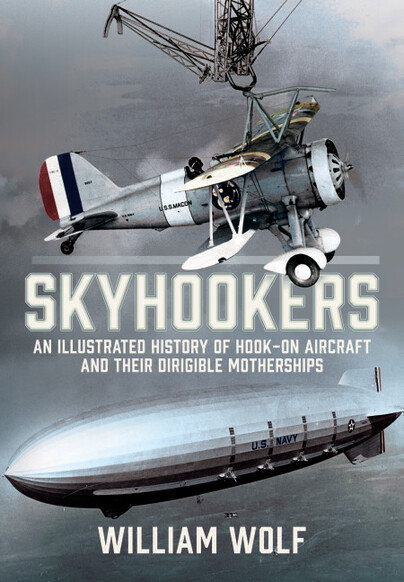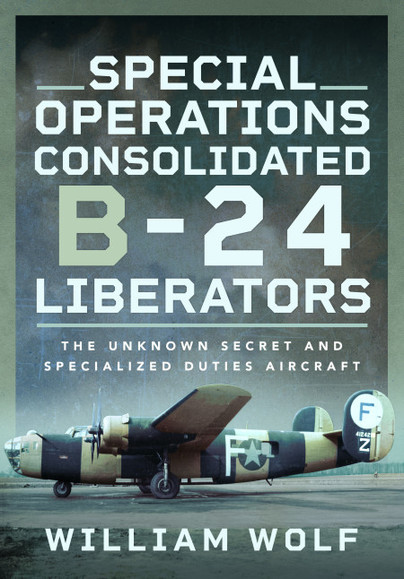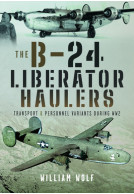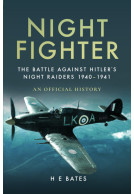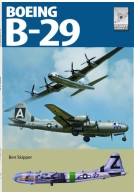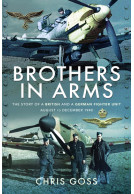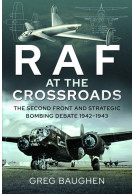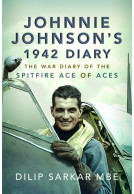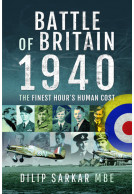Skyhookers (Hardback)
An Illustrated History of Hook-on Aircraft and Their Dirigible Motherships
Imprint: Air World
Pages: 208
Illustrations: 175 mono illustrations
ISBN: 9781036137748
Published: 30th September 2025
(click here for international delivery rates)
Order within the next 1 hour, 31 minutes to get your order processed the next working day!
Need a currency converter? Check XE.com for live rates
From the First World War's Zeppelins to the Second World War's large bombers, military aircraft were vulnerable to fast, maneuverable interceptors. To address this, fighter escorts were used, but their limited range often left bombers exposed. A solution was the use of Composite aircraft, where larger bombers carried smaller, short-range fighters, which could be launched and retrieved as needed.
Zeppelins, particularly vulnerable to interceptors, were ideal for this concept. During WWI, Germany briefly experimented with carrying parasite aircraft, while the British conducted post-war trials using airships like His Majesty’s Airship R-23 and R-33, carrying fighters such as the Sopwith Camel and de Havilland DH.53 Humming Bird. However, successful hook-on/retrievals were only achieved with the Humming Bird.
The US Navy and Army further developed this concept. In 1918, the Navy launched a Curtiss JN ‘Jenny’ from a C-1 Blimp, and in 1924, the Army successfully flew a Sperry Messenger from a TC-Class airship. The US perfected the carry/launch/retrieval method for airship defense and scouting, notably with the USS Los Angeles, which carried aircraft on a ‘trapeze’ device. The Akron and Macon airships, with internal storage for aircraft, further advanced this technique, making them some of the most remarkable aircraft of their time.
There are no reviews for this book. Register or Login now and you can be the first to post a review!
About William Wolf
Dr WILLIAM WOLF was a dentist for twenty-two years before retiring at the age of 45 to pursue his aviation interests and outdoor pastimes. Over the past forty-five years he has amassed an archive of over 27,000 books and magazines, 10,000 or more images, and hundreds of reels of microfilm, among other material, on the subject. He is the author of twenty-four books on aerial warfare in the Second World War, including nine on American bombers, two on US fighters, five on American flying units, and three volumes on US aerial armament.
Special Operations Consolidated B-24 Liberators The Unknown Secret and Specialized Duties Aircraft (Hardback)
Despite being America’s most produced bomber, the Consolidated B-24 Liberator has forever flown in the shadow of its more famous and glamorous B-17 rival. The workmanlike B-24 performed multiple unheralded roles in all theatres beyond its also multiple offensive missions, making it the war’s most versatile heavy bomber. Besides its offensive bombing, anti-submarine, and mining missions, the Liberator performed many little known “inoffensive” duties. Undoubtedly the most colourful of all Liberators were the so-called assembly ships of the Groups of the 2nd Air Division. Their unique paint…
By William WolfClick here to buy both titles for £42.74







